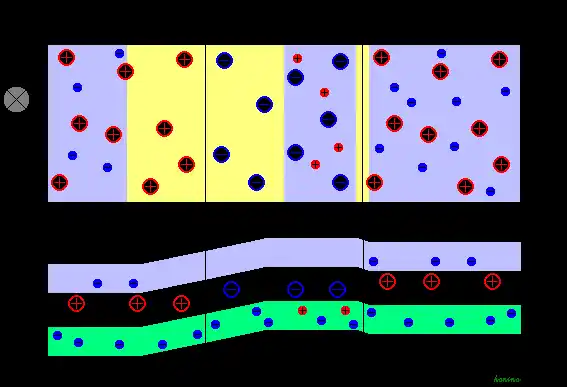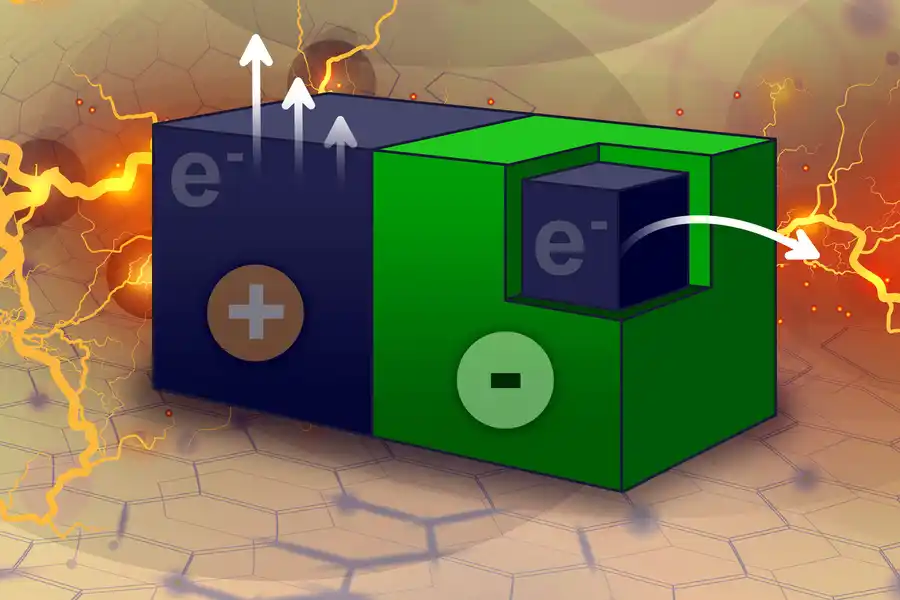افشین رشید
اُستادیار ؛ عضو هیات علمی دانشگاه آزاد اسلامی واحد علوم و تحقیقات تهران
588 یادداشت منتشر شدهNanocavity Power in (Electrical Nanosupercapacitors)

Note: Nanopore power in nanosupercapacitors is an electrical device in which arrays of capacitors are built inside nanopores. A scanning electron micrograph is overlaid with an image showing their design. The pores are etched into an aluminum substrate (nanoelectrode). The capacitors consist of two thin metal layers (nanoelectrolyte) separated by a layer of insulating material (additional nanoelectrode).
Nano-supercapacitors can store 100 times more energy than previous devices of their kind. Ultimately, such devices could store energy waves from renewable sources such as wind and deliver that energy to the power grid when needed. In general, nano-supercapacitors can store large amounts of energy, but they tend to charge slowly and wear out quickly. Meanwhile, capacitors have a longer lifespan and can be discharged quickly, but store much less energy overall. Nano-supercapacitors can be made by creating nanostructured arrays of electrostatic capacitors.

Electrostatic nanocapacitors are the simplest type of electronic energy storage device. They store electric charge on the surface of two metal electrodes separated by an insulating material. The storage capacity of an electrical nanosupercapacitor is directly proportional to the surface area of these sandwich-like electrodes. The storage capacity of an electrical nanosupercapacitor can be increased by using nanostructures to increase the energy storage surface area. The electrodes of an electrical nanosupercapacitor work like the electrodes in conventional capacitors, but instead of being flat, they are tubular and are packed deep into nanocavities.

The process of making a nanosupercapacitor starts with a glass plate coated with aluminum. The pores are etched into the plate using acid and applying a voltage. By carefully controlling the reaction conditions, very regular arrays of tiny but deep pores, each 50 nanometers in diameter and 30 micrometers deep, can be made. The process is similar to that used to make memory chips. To make a nanosupercapacitor , a very thin layer of metal is deposited into these pores, then a thin layer of insulator, then another thin layer of metal. These three layers act as the electrodes of the nanosupercapacitor and the insulating layer. A layer of aluminum is placed on top of the device and acts as an electrical contact. Another contact is made with an underlying aluminum layer.
Conclusion :
Nanopore power in nanosupercapacitors is an electrical device in which arrays of capacitors are built inside nanopores. A scanning electron micrograph is overlaid with an image showing their design. The pores are etched into an aluminum substrate (nanoelectrode). The capacitors consist of two thin metal layers (nanoelectrolyte) separated by a layer of insulating material (additional nanoelectrode).